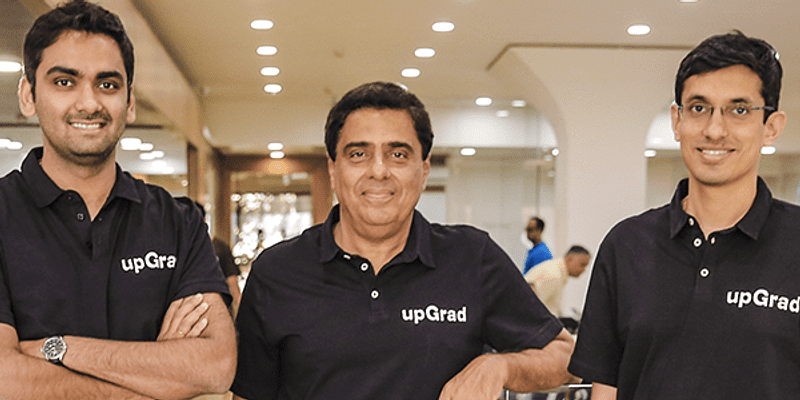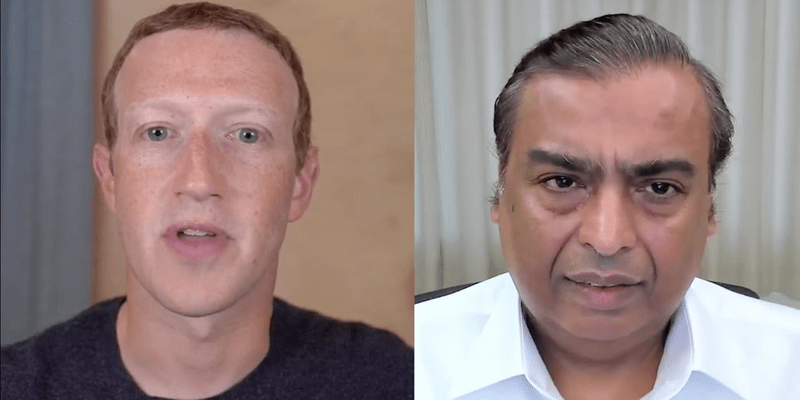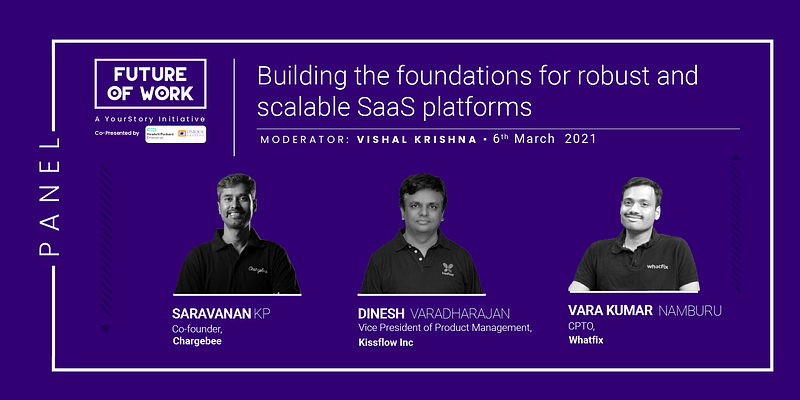Stayzilla-Jigsaw Advertising fiasco: how mediation could have helped avoid it
Annapurna Sreehari

Friday August 18, 2017 , 7 min Read
Could the Stayzilla-Jigsaw Advertising dispute have turned out differently if the parties had access to collaborative dispute resolution processes like mediation?
Much has been written about the Stayzilla-Jigsaw dispute. As mediators, we cannot help but see this dispute panning out very differently if the parties had the opportunity to engage with each other in a safe, non-judgemental, confidential environment with a neutral third party whose efforts were focused on helping them back into a constructive negotiation to find their own solutions. In this article, we will discuss how the mediation process could have helped Stayzilla and Jigsaw Advertising find win-win solutions that could have ended the dispute very differently.

On March 14, 2017, Yogendra Vasupal, one of the co-founders of Stayzilla, was arrested by the police in Chennai. The founder of Jigsaw Advertising had filed a criminal complaint against Stayzilla on unpaid dues. This was the beginning of a long series of media campaigns by both sides on how they were wronged and justifying their respective actions. Besides media campaigns, both sides engaged in using the courts and law enforcement agencies in establishing the ‘rightness’ of their respective narratives.
As thinking readers of these news stories, one can’t help but wonder who is right and who is wrong. Very often, however, disputes are not about right and wrong and most times true justice may not be served through such a determination. According to the Iceberg Model of Conflict, developed by alternate dispute resolution processes experts Kenneth Cloke and Joan Goldsmith, the ‘right’ and ‘wrong’ that parties try to prove are often the surface tip of the iceberg of the conflict — they are the positions, facts, and the law that parties use to justify their actions. The underlying causes of the conflict arise from other reasons such as misunderstandings, miscommunication, differing perspectives, emotions, needs, interests, fears, concerns, and values.
How does mediation work?
- Understanding differing perspectives: The mediation process is not about establishing right and wrong, but about helping parties understand the differing perspectives. The following table clearly illustrates the differing perspectives of a landlady and tenant when they’re engaging in a negotiation exercise to renew the lease agreement.
(Excerpted from ‘Getting to YES – Negotiating Agreement Without Giving in’ by Roger Fisher and William Ury)
One of the jobs of the mediator is to help parties understand that each side perceives the same set of facts and circumstances differently. By trying to prove the other person wrong through facts, one tries to attribute motives and intentions to the actions of the other side, which may not have been the original intention. Such attributional errors in perspectives are uncovered through mediation. In the Stayzilla dispute, the mediator would have facilitated several conversations to help each party fully understand the other’s perspective, including perspectives on the moneys owed, the jobs done, Stayzilla’s blog post on restructuring its organisation and its implications. Emotions of feeling cheated, betrayed, or exploited for personal gain would also have been explored in significant depth by the mediator. Through this process, the mediator would have also drawn attention to the trusting relationship the parties had once shared, to enable them to view each other through less adversarial eyes and cognitively prepare them to engage in a constructive negotiation.
- Identifying underlying interests: At the centre of all conflicts are core needs, concerns, desires, goals, and fears that are unaddressed. It is these interests that drive the positions that parties hold when in dispute. Most dispute resolution processes do not address these underlying needs but restrict the dispute to the facts, positions, and the law.
The mediation process explores the underlying interests of the parties and through such exploration allows the parties to move into a space of constructive negotiation and find more appropriate and long-lasting solutions. For example, in the Stayzilla-Jigsaw dispute, perhaps Jigsaw’s underlying interest was to be able to pay its vendors on time. When Jigsaw read Stayzilla’s blog post on restructuring, its representatives feared being unable to pay their vendors on time. The position that Jigsaw took was that it needed to be paid past dues by Stayzilla, while its underlying interest, perhaps, was to meet its own expense requirements. Similarly, the mediator would have worked closely with Stayzilla to understand its underlying interests through safe, non-judgmental conversations on the business and personal needs of the company, especially at the time of restructuring. Additionally, the mediator would have highlighted the overlapping interests of both parties — such as the need to protect their reputations, the desire to not litigate, and the need to ensure adequate operational liquidity to continue or restructure their respective businesses, in an effort to bring them into collaborative dispute resolution mode.
- Creating multiple options: When the underlying interests of disputing parties are understood, it could emerge that there are several interests that can overlap, be complementary, and allow the parties to create multiple options that could meet their interests. Mediation is a flexible process and supports the parties to get creative in their negotiation to find out-of-the-box but legal solutions that holistically meet the parties’ needs and interests.
- Finding mutually acceptable solutions: Once the parties have had the opportunity to brainstorm over several possible solutions to their disputes, they can narrow down on those that are acceptable to them and are implementable. Solutions that emerge from mediation are therefore always win-win — being a completely voluntary process, parties do not accept settlement terms unless they are benefited from such terms and they are agreeable to them.
All of the above steps happen in an environment that is confidential and voluntary. Once the mediator gains the trust of the parties, they feel safe and free to explore their underlying needs, concerns, fears, and desires, and share important and sensitive information with the mediator. With this kind of information on the table, the mediator is able to facilitate a constructive negotiation with the parties that results in a settlement in over 85 percent of the cases.
The efficacy of mediation as a process for resolving disputes can be best illustrated through a real-life vendor dispute. The facts of this vendor dispute were very similar to the Stayzilla-Jigsaw conflict and are as follows. X and Y were two companies, where X supplied goods to Y. Y defaulted on payment and X filed a petition to winding up Y. Y, in turn, denied the amounts due to X and claimed defects in the goods sold by X. In mediation, a safe, non-judgmental environment was created by the mediator, where Y could appreciate the business relationship with X over the years. Being a confidential process, X admitted that the last batch of goods had certain issues. The mediator also helped X and Y recognise the miscommunication between them. Eventually, Y explained that it had a liquidity crunch because of the diversification and expansion of its business. X saw an opportunity to grow and contribute to Y’s new business plan of expansion. The parties eventually worked out a payment method through several instalments and renewed the contract between them which included X being a supplier for Y’s expansion.
In light of the above example, it is fairly evident that parties have much to gain by engaging in mediation. Businesses must protect themselves by including a mediation clause in their contracts. The worst outcome from engaging in mediation would be that the parties walk away without a settlement, but they would have gained a deeper insight into each other’s underlying needs, of the strength of their respective cases, and what sort of outcome they might want to pursue. In the larger scheme of things, isn’t that a better bargain?
(Disclaimer: The views and opinions expressed in this article are those of the author and do not necessarily reflect the views of YourStory.)






![[Funding alert] Gurugram-based Bolo Indya raises $400,000 led by Inflection Point Ventures](https://images.yourstory.com/cs/2/0a385fc03e6011e999df3d1594bbde2c/Imagegtfr-1607249104762.jpg)
![[Funding alert] Femtech startup Say Cheese raises seed round at Rs 10 Cr valuation](https://images.yourstory.com/cs/2/b87effd06a6611e9ad333f8a4777438f/Imageq5t5-1615799062761.jpg)


